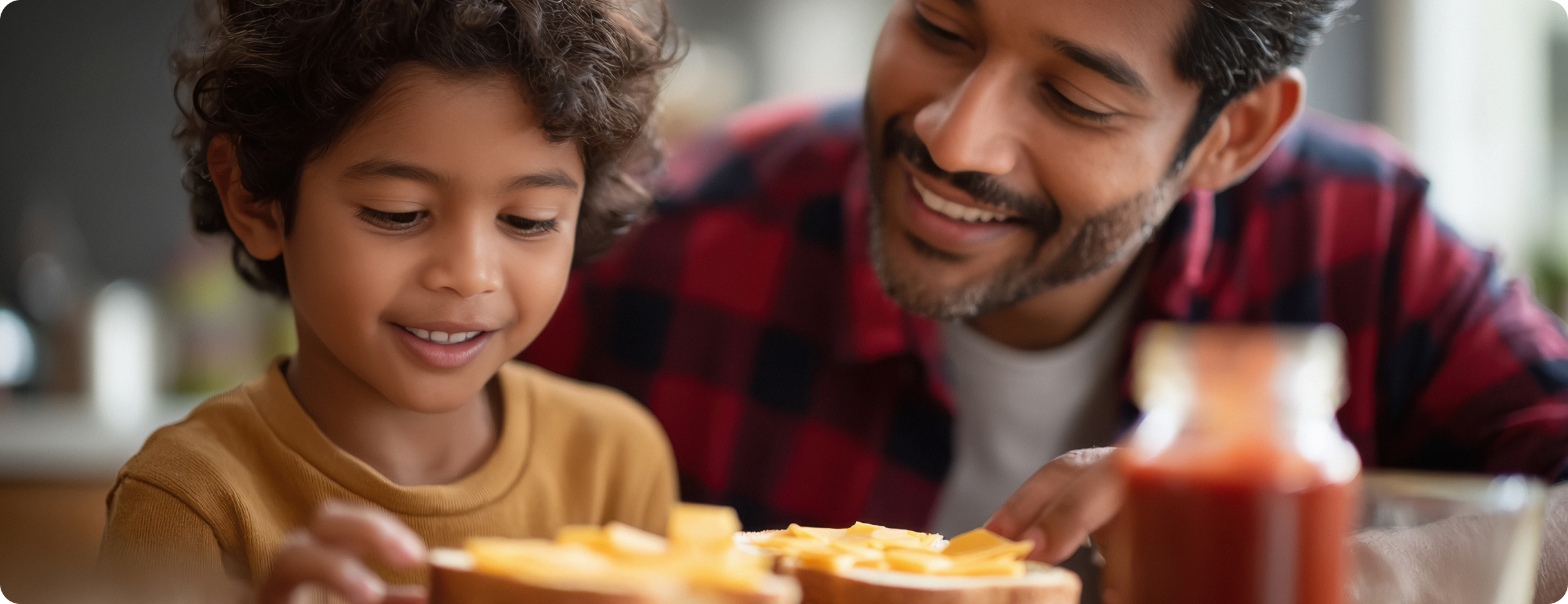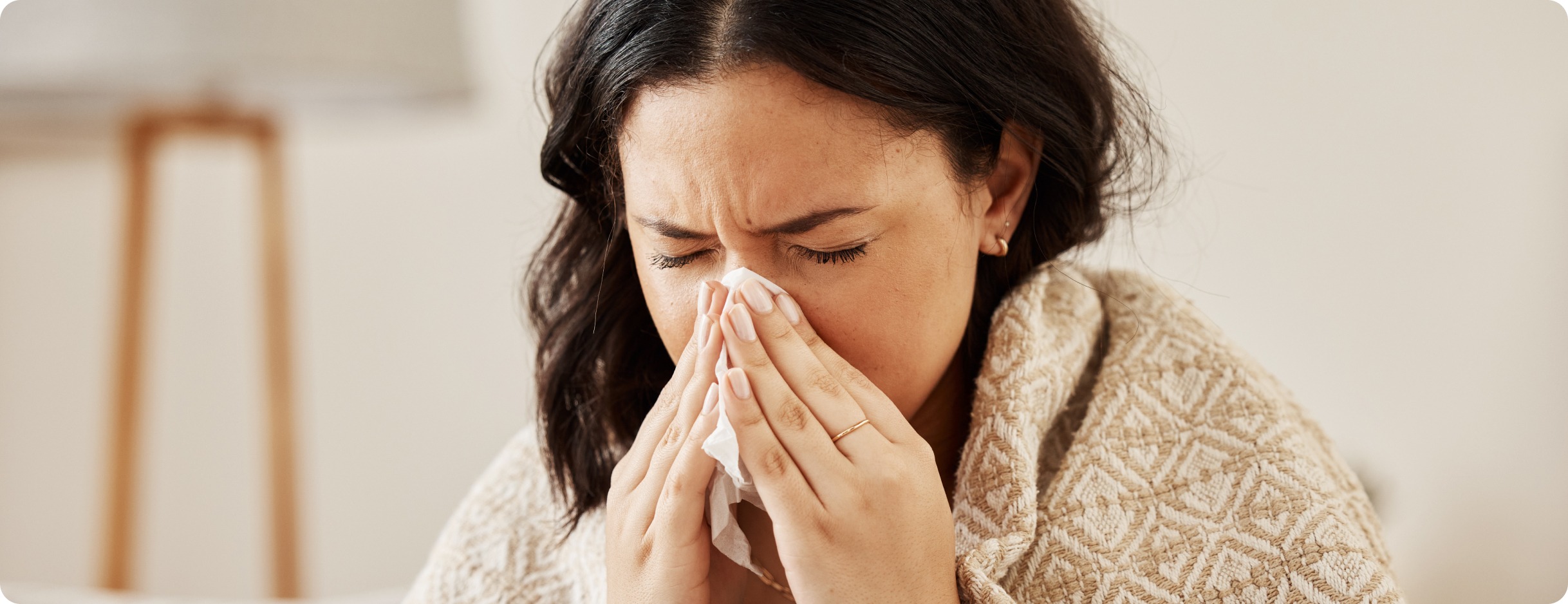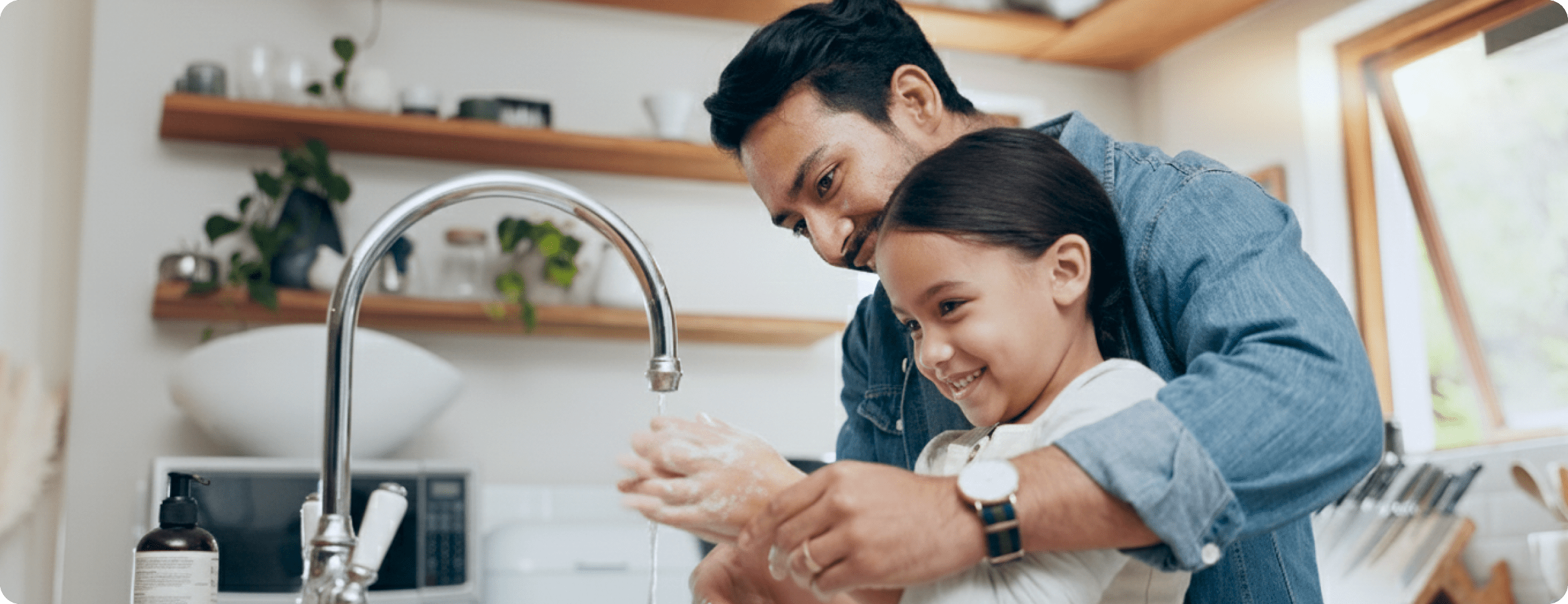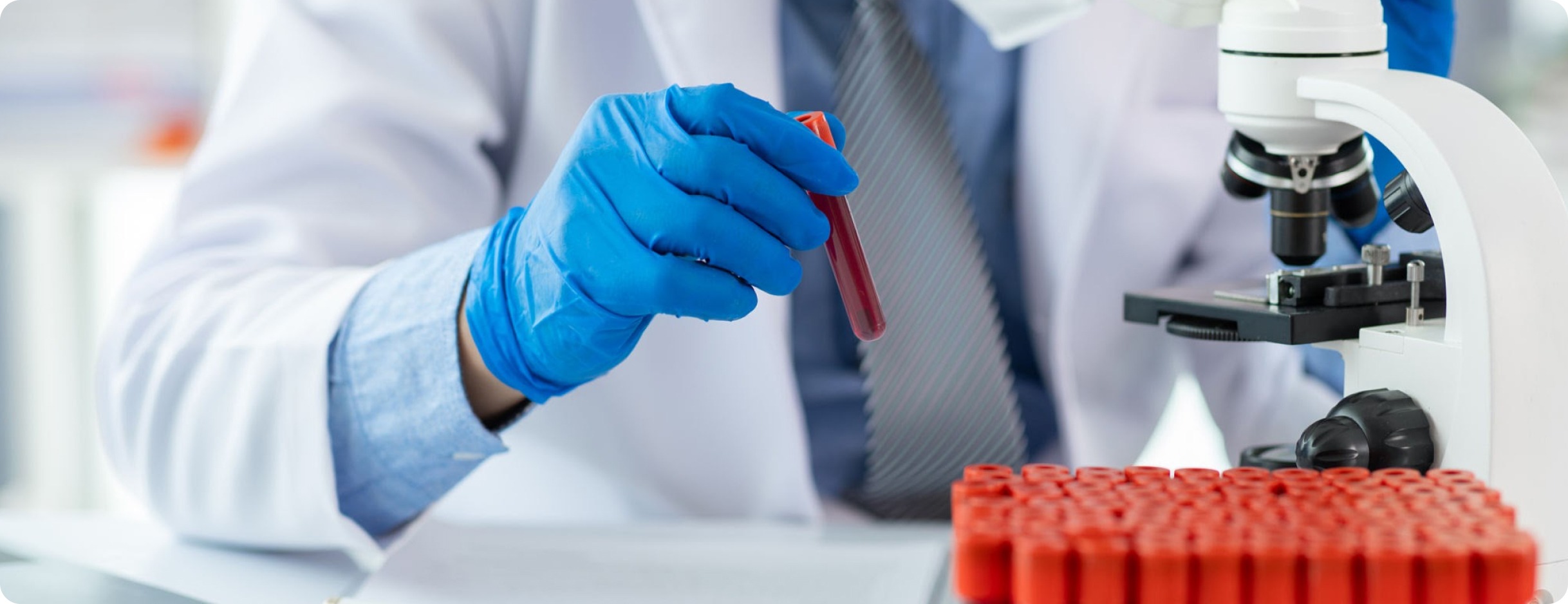Eat Safe, Stay Safe: Your Monsoon Food & Water Guide Against Typhoid

Typhoid fever is more common than we think. It’s a serious illness caused by the bacteria Salmonella typhi, and it spreads through contaminated food and water. Once inside the body, the bacteria multiply and enter the bloodstream, leading to symptoms such as high fever, weakness, stomach pain, and in some cases, complications like internal bleeding.
During the monsoons, food safety and water hygiene can be compromised. Water-logging, flooding and poor drainage create the perfect setting for bacteria to spread. And since the disease mostly spreads through what we eat and drink, the kitchen becomes your first line of defence. What you choose to eat, or avoid, can make all the difference. However, it’s important to remember that while watching what to eat in monsoons is beneficial, vaccination is a more effective way to stay protected.
What is safe to eat during monsoons?
During monsoons, it’s best to stick to food that’s freshly prepared and steaming hot. Cooking kills most harmful bacteria, making warm meals your safest bet. Seasonal fruits you can peel yourself are generally safer, as long as your hands and utensils are clean. This is especially important when preparing food in typhoid-prone households.
- Eat food that’s freshly cooked and served hot
- Choose boiled, steamed, or roasted vegetables over preparations like raw salads
- Opt for fruits you can peel like bananas, papayas or oranges
- Stick to home-cooked meals where you can control hygiene
- Drink only pasteurised milk or boil milk before drinking
What not to eat in monsoons
Street food and raw items may be tempting during the rains, but they often carry hidden risks. Contamination can happen anywhere, from dirty hands to untreated water. It’s safer to skip foods that aren’t cooked or handled properly to prevent exposure to waterborne illness.
- Avoid street food, unless it’s piping hot and prepared in front of you
- Ice, popsicles, or fruit juices made from unsafe water
- Raw vegetables and fruits, especially if they have been cut for a while
- Undercooked eggs or unpasteurised milk
What is safe to drink in monsoons
Water is a major source of infection during typhoid outbreaks. Even when it looks clean, it may still be contaminated. Treat every drop with caution, especially when it comes to drinking, cooking or brushing your teeth.
What to do:
- Drink boiled water (boil for at least 1 minute)
- Choose bottled or canned drinks with sealed caps
- Carry a safe drinking bottle when stepping out
What to avoid:
- Ice cubes from unknown sources
- Fresh juices or flavoured drinks from street vendors
Hygiene Practices to Complement Safe Eating
Good hygiene is just as important as clean food and water. Germs often spread through touch, from your hands to your mouth, or from surfaces to your food. Practising regular hand hygiene is one of the most effective ways to stay protected.
- Wash your hands with soap and water before eating or cooking
- Use a hand sanitiser with at least 60% alcohol when outside
- Clean fruits, vegetables and cooking surfaces thoroughly
- Encourage your kids to wash their hands regularly
- Avoid touching food with unwashed hands
- Don’t allow someone recovering from typhoid to handle food for others
Conclusion
There’s no doubt that eating smart during monsoon is important. It protects you and your loved ones from typhoid and other waterborne illnesses. But let’s not forget, prevention through food and hygiene, while essential, isn’t always foolproof. The bacteria that cause typhoid are highly persistent, and even a single careless moment can lead to infection.
That’s why vaccination remains your strongest shield. It gives your body a head start in fighting the disease, even before you come into contact with it. If you haven’t been vaccinated yet, talk to your doctor about getting protected.
Resources
Disclaimer: A public awareness initiative by Bharat Biotech International Limited. This information is for general awareness only and does not constitute medical advice. The doctors, medical facilities and graphics shown are for illustrative purposes only. For any medical advice or any question or concern you may have regarding your condition, consult your doctor.


